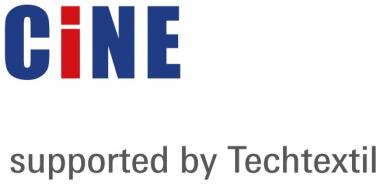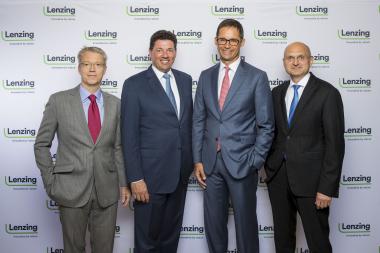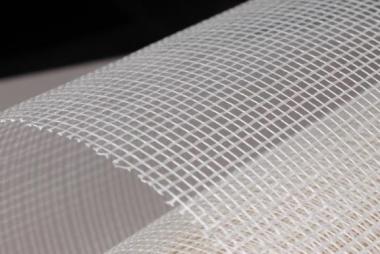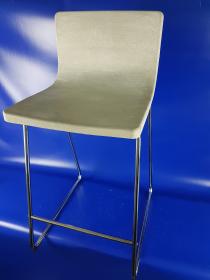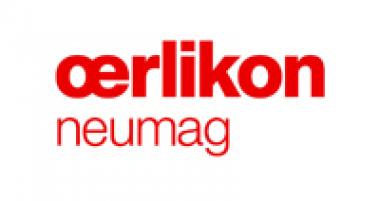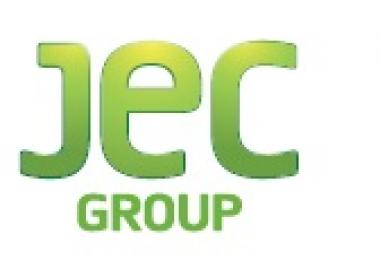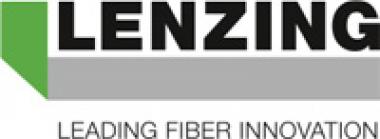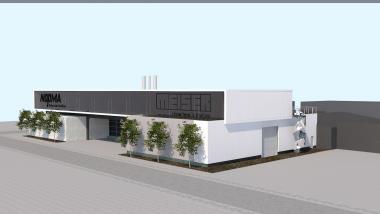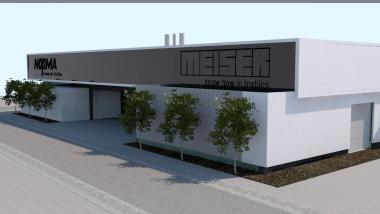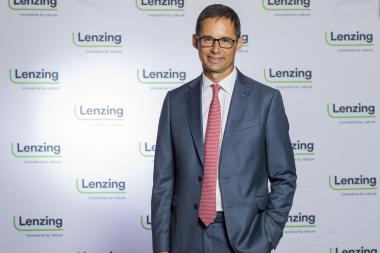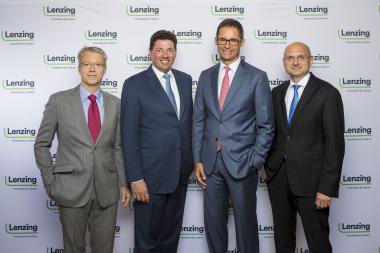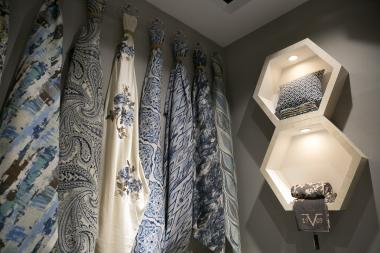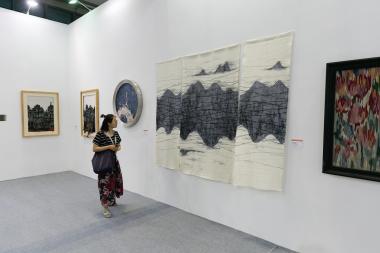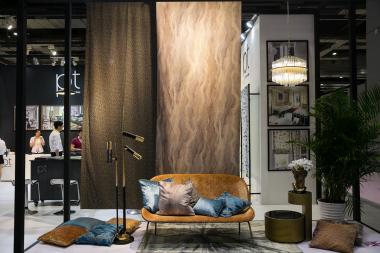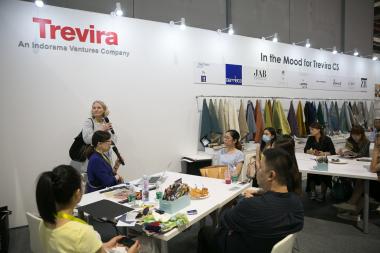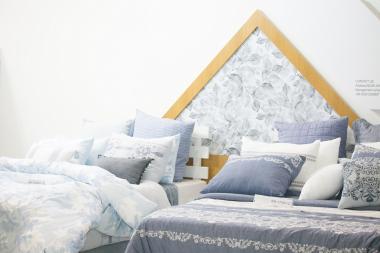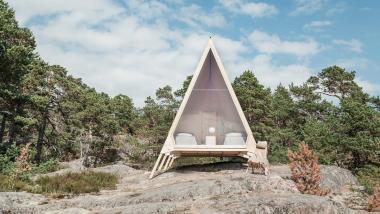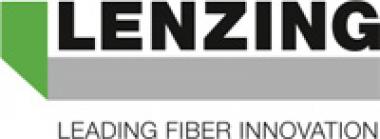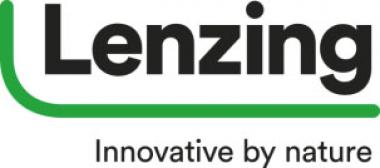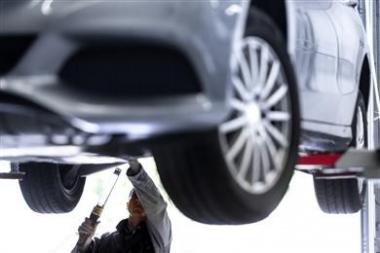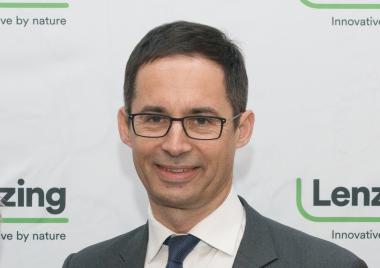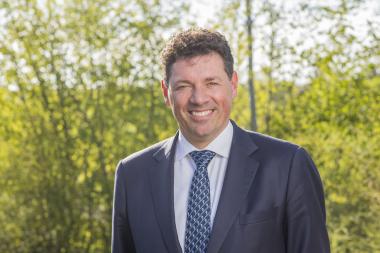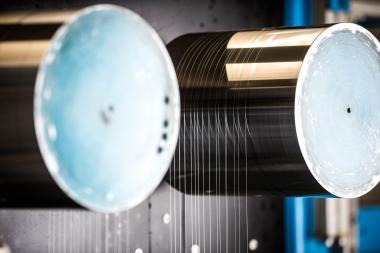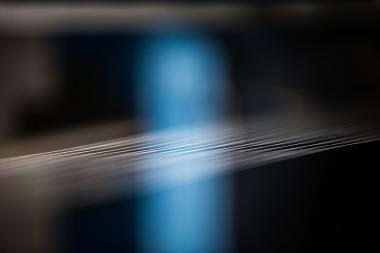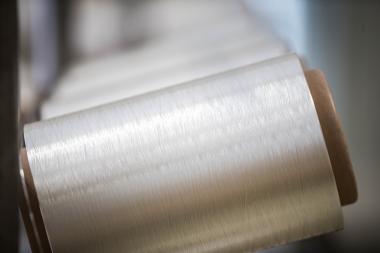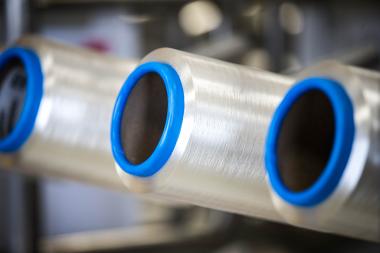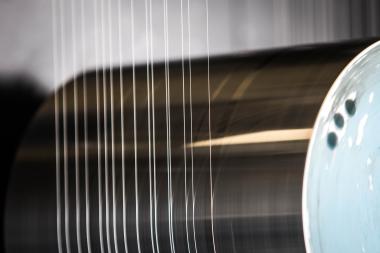China International Nonwovens Expo & Forum returns for third edition this June
China is the world's largest producer and exporter of nonwoven fabrics, as well as having the largest consumer market for products made from nonwovens, making the upcoming biennial China International Nonwovens Expo & Forum (CINE – supported by Techtextil) the place to be for industry players from 3 – 5 June. This year’s event will relocate to a different venue, the Shanghai Convention & Exhibition Center of International Sourcing, located conveniently between Hongqiao airport and downtown Shanghai.
“The nonwovens market has been one of the fastest growing sectors of the Chinese textile industry over the last decade, and we expect this to continue in the coming years,” Wendy Wen, Senior General Manager of the fair’s co-organiser, Messe Frankfurt (HK) Ltd, commented. “The demographic changes, evolution of the manufacturing sector and greater awareness of environmental protection that have driven growth in China, among other factors, are also evident in a number of markets in the region, particularly Southeast Asia, so we anticipate production growth will remain strong to meet export demand, even if the Chinese economy slows further.”
Reports by the China Nonwovens & Industrial Textiles Association (CNITA), the Freedonia Group and Smithers Pira support this. Nonwovens output in China grew year-on-year by 9.67% for the first 11 months of 2018, exceeding the corresponding figure for 2017 of 8.71%, while demand for nonwovens is predicted to reach 4.9 million metric tons in 2022, a 6.9% per year increase over this period.
Turning to the region, in 2015 Asia occupied 43.1% of the global nonwovens market – with China alone accounting for more than half of the share – with this figure expected to increase to 47.1% in 2020. The Freedonia report also notes that healthy growth in markets nearby to China such as India, Indonesia, Malaysia, the Philippines and Vietnam will also fuel nonwovens output in the country to meet export demand.
Globally, nonwovens demand is expected to increase 4.4% per year to 12.2 million metric tons in 2022, with developing regions being the main driver of this, in particular within Asia-Pacific. In the PP nonwovens sector, output is predicted to nearly double between 2013 and 2020, with the major drivers of this growth being baby diaper, adult incontinence and feminine hygiene products. In the durable nonwovens sector, annual growth of 6 to 7% for the period 2017 – 2023 is also anticipated for filtration, engineering construction and packaging uses.
Messe Frankfurt


